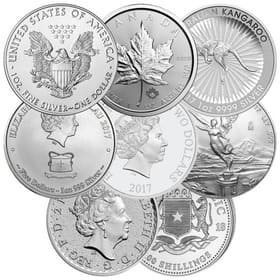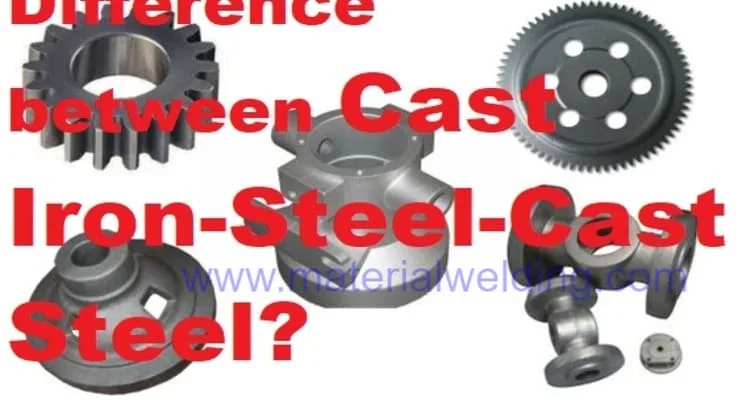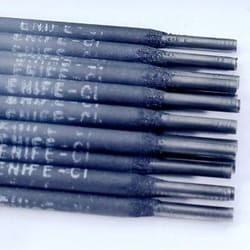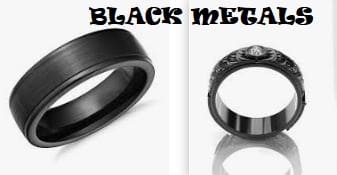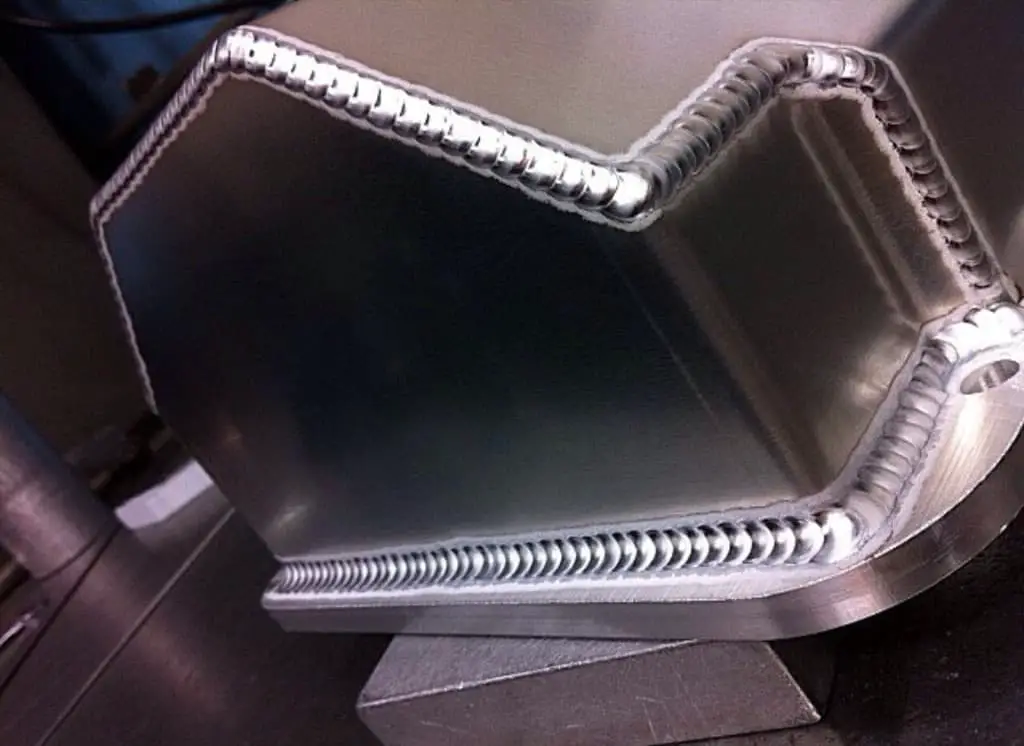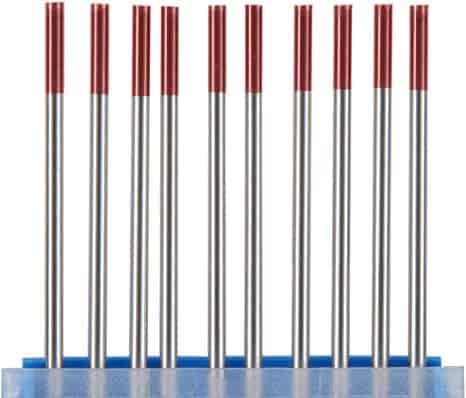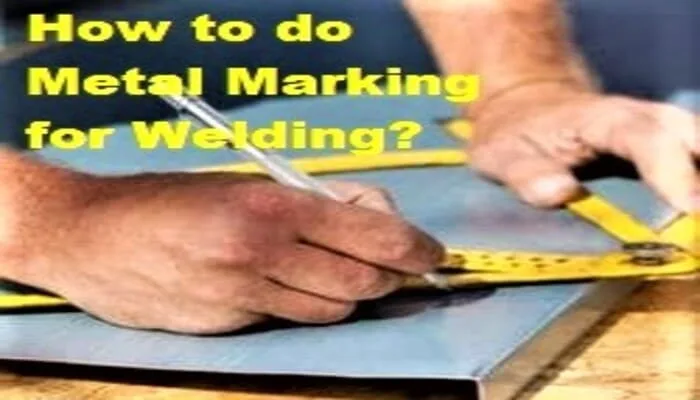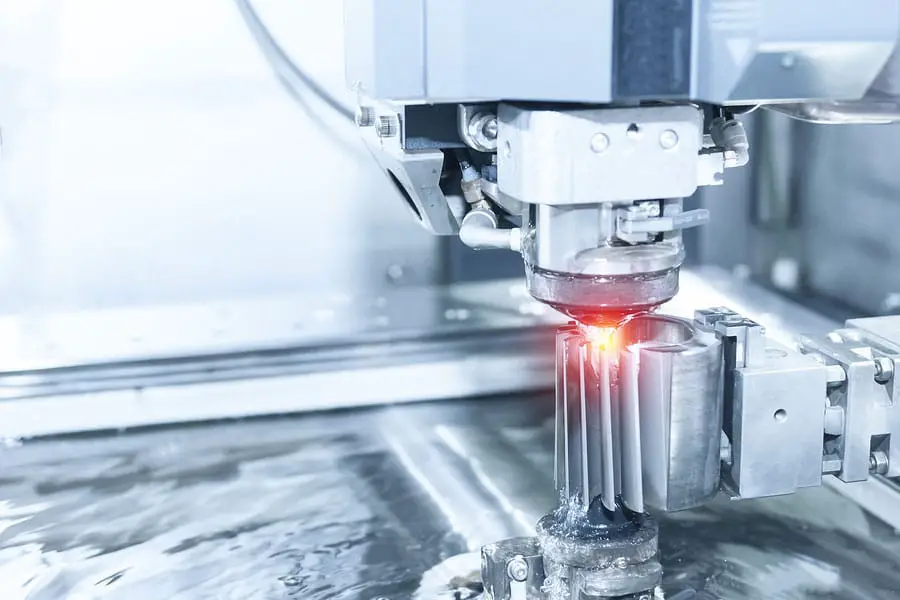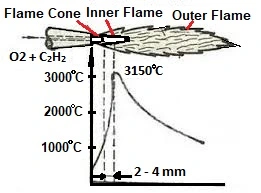Pot Metal Welding
In this article, we’ll take a closer look at pot metal welding and its various applications, as well as some of the advantages and disadvantages of using this material.
Pot metal is a term used to describe a type of low-grade, low-cost metal alloy that is typically made up of a mixture of several different metals. Many people refer Pot metal as “Monkey metal” or “White Metal”.
Pot metal is known for its low melting point and its ability to be cast into complex shapes, making it an ideal choice for a wide range of applications.
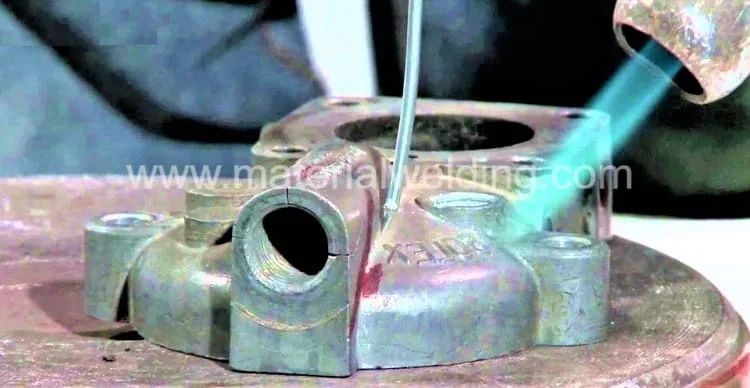
What is Pot Metal?
Pot metal is a type of die-cast zinc metal alloy that is made up of a mixture of different metals, including zinc, aluminum, copper, lead, and tin.
This mixture is melted together in a pot and then poured into molds to create various shapes and components.
“Pot metal” term is originated from the early 20th century automobile industry where scraps of non-ferrous metal were collected and melted in a single pot to make cast products.
Although a small amount of iron may have been present in the castings, it was not significant as too much iron would increase the melting point and make casting difficult.
Pot metal is used in a variety of applications due to its low price, lower melting point, and ability to be cast into different complex shapes using Moulds.
Pot Metal Chemical Compositions
The exact chemical composition of pot metal can vary depending on the manufacturer and the intended application.
However, some common components of pot metal include zinc, aluminum, copper, lead, and tin.
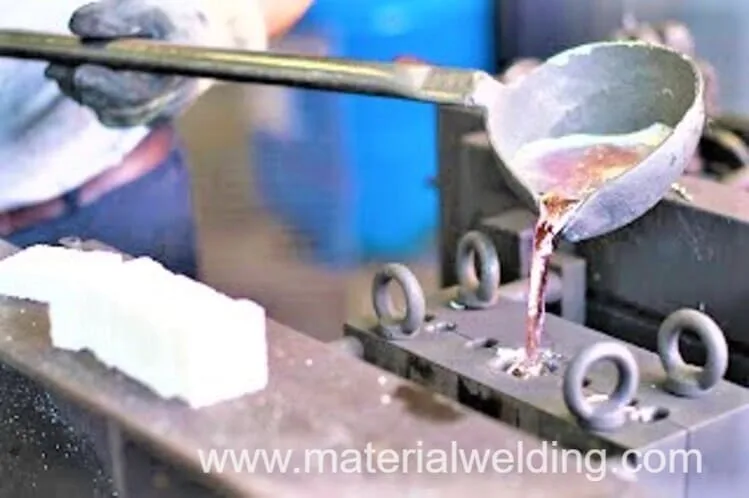
The main alloying element in a pot metal is Zinc (Zn) with other low melting alloying elements such as Copper, Aluminum and Tin.
Here is a table that outlines the typical chemical compositions of pot metal:
| Pot Metal Elements | Percentage |
|---|---|
| Zinc | 20-50% |
| Aluminum | 10-30% |
| Copper | 10-30% |
| Lead | 10-20% |
| Tin | 5-10% |
| Other metals | 0-5% |
These metals are combined in a pot and melted down to form the final alloy. Generally, the melting point of pot metal is around 425-450 °C (800-850°F).
Pot Metal Applications
Pot metal is used in a variety of applications, including automotive parts, electrical components, and toys.
Due to its low cost and ability to be cast into complex shapes, it is often used as a cost-effective alternative to higher-grade metals like steel and aluminum.
Here are some of the common applications of pot metal:
- Automotive parts: Pot metal is commonly used for a variety of automotive components, such as engine parts, gear shifters, and electrical connectors.
- Electrical components: Pot metal is a popular choice for electrical components due to its easy casting ability.
- Toys: Pot metal is often used to make toys, such as toy cars and action figures.
- Decorative items: Pot metal is sometimes used to make decorative items, such as picture frames and statues.
- Household appliances: Pot metal is sometimes used to make components for household appliances, such as vacuum cleaners and toasters.
- Hardware: Pot metal is used in a variety of hardware applications, such as hinges and doorknobs.
Can you Weld Pot Metal?
Yes, pot metal can be welded, but it requires specialized techniques and equipment due to its low melting point and unique chemical composition.
Welding pot metal can also be more challenging due to its tendency to crack and become brittle, making it important to work with an experienced welder who is familiar with the specific properties of this material.
Tips for Pot Metal Welding
- Use AC TIG welding & Pulse TIG welding.
- Use low heat input, AC TIG result in low heat input weld.
- Clean the metal properly before welding.
- Don’t rush. take it slowly.
- Use whip and pause during welding.
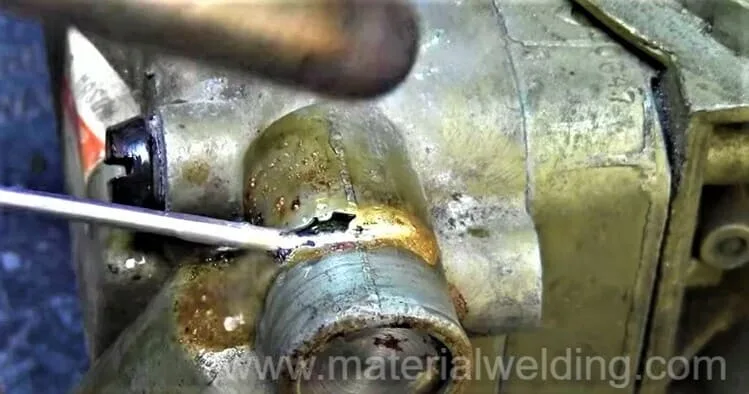
You can use TIG welding, Brazing and soldering to weld the pot metal.
For Pot Metal TIG welding, use a low melting point filler wire i.e., zinc alloy rods such as Durafix hts 2000. You can also use RBCuZn-D wire rod.
Before you start tig welding pot metal, set the welder at low amperage setting of around 5o- 80 amps.
Don’t overheat the metal. Zinc gets evaporate very fast. Make sure to use welding PPE mask when welding pot metal.
The weldability of pot metal varies from one job to another due to various possible pot metal metallurgy during casting and various casting manufacturers.
Advantages of Pot Metal
One of the main advantages of pot metal is its low cost, making it an ideal choice for cost-sensitive applications.
It also has a low melting point and can be cast into complex shapes, which makes it useful for a wide range of applications.
Additionally, pot metal is a strong and durable material that can withstand significant wear and tear.
In summary, pot metal is:
- Cost-effective: Pot metal is made from scrap metal, making it a cheaper alternative to other types of metal.
- Versatile: Pot metal can be formed into various shapes and sizes, making it suitable for a wide range of applications.
- Easily Cast: Pot metal has a low melting point, making it easier to cast into different shapes and forms.
- Availability: Pot metal is widely available due to its use in many industries, making it easy to obtain.
- Customization: Pot metal can be formulated to meet specific requirements, making it possible to create unique products.
Disadvantages of Pot Metal
One of the main disadvantages of pot metal is its tendency to crack and become brittle, which can make it difficult to work with.
Additionally, pot metal is not as strong as higher-grade metals like steel and aluminum, making it less suitable for applications that require high levels of strength and durability.
Compared to other metal, pot metal disadvantages are:
- Low Strength: Pot metal has a low strength compared to other metals, making it unsuitable for applications that require high strength.
- Poor Corrosion Resistance: Pot metal has poor resistance to corrosion, making it susceptible to rust and other forms of corrosion over time.
- Poor Weldability: Pot metal is difficult to weld due to its low melting point, making it challenging to repair or modify.
- Low Melting Point: The low melting point of pot metal makes it susceptible to melting during high heat applications.
- Inconsistent Quality: The composition of pot metal can vary greatly, making it difficult to achieve consistent quality and performance in products made from it.
- Toxicity: Pot metal may contain toxic elements such as lead, making it a potential health hazard in certain applications.
Can you Weld Pot Metal to Steel?
Yes, pot metal can be welded to steel, but it requires specialized techniques and equipment to ensure a strong and secure bond.
Welding pot metal to steel can also be more challenging due to the differences in their melting points and chemical compositions.
Pot Metal Brazing
Pot metal brazing is a type of welding process that uses a filler metal to bond two pieces of pot metal together.
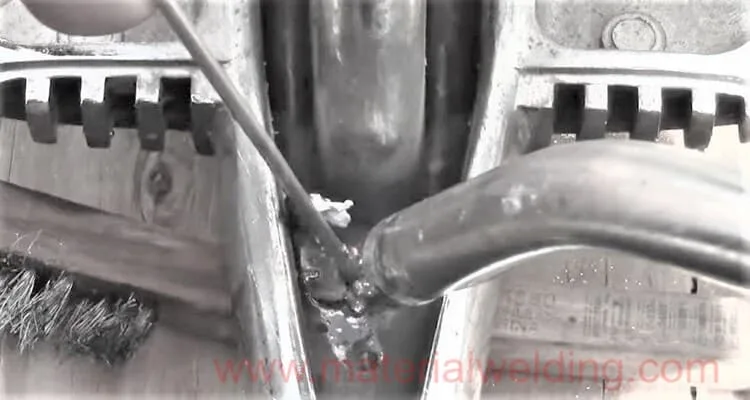
This type of welding is typically used for applications that require a strong and secure bond, but do not require the high levels of strength and durability provided by other welding methods.
Here are the steps for pot metal brazing:
- Clean and Prepare the Parts: Clean the surfaces of the pot metal parts to be brazed. Deburr the edges and remove any oxidation or surface contamination.
- Assemble the Parts: Assemble the pot metal parts to be brazed in the desired configuration. Use jigs or fixtures to hold the parts in place if necessary.
- Apply Flux: Apply a brazing flux to the surfaces to be brazed. This will help prevent oxidation and promote good wetting of the filler metal.
- Heat the Assembly: Heat the assembly with a torch or furnace until the temperature reaches the brazing temperature. The brazing temperature will depend on the filler metal being used.
- Apply the Filler Metal: Apply the brazing filler metal to the joint. The filler metal should flow into the joint and bond the parts together.
- Cool the Assembly: Allow the assembly to cool slowly to room temperature. Rapid cooling should be avoided as it may cause cracking or other defects.
- Clean and Inspect the Joint: Clean the brazed joint of any flux residue and inspect it for defects. If necessary, the joint can be polished or finished as required.
JB Weld to Join Pot Metal
JB Weld is a type of epoxy adhesive that can be used to join pot metal components together.
This type of adhesive is ideal for applications where welding is not possible or practical, as it provides a strong and secure bond without the need for heat or specialized equipment.
In conclusion, pot metal welding is a process that can be used to join pot metal components together, but it requires specialized techniques and equipment due to its unique properties.
